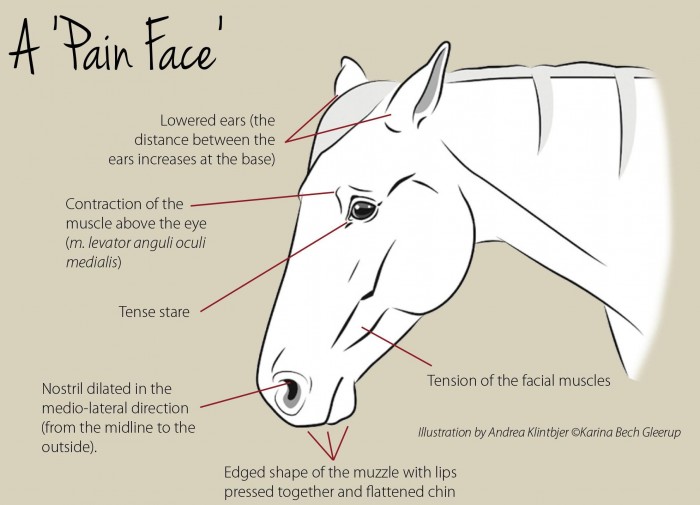
The use of outcome measures in equine rehabilitation
A test used to objectively determine if there has been meaningful change in health status during a course of treatment is known as an outcome measure. Using standardised and validated outcome measures in clinical practice is an explicit requirement of human physiotherapy practice. It is unknown if equine physiotherapists accomplish this too. Adopting good practice from injury management in human medicine to the practice in equine medicine has the potential to provide beneficial guidelines for equine physiotherapy, to improve reporting of the progress through rehabilitation and strengthen the evidence base on common topics.
A questionnaire was used to investigate how equine physiotherapists measure progress and outcomes during rehabilitation.
The majority of respondents reported using outcome measures (71-93%). A significant association between prior human physiotherapy training and use of outcome measures was observed. The outcome measures in use were listed in frequency order as range of motion, gait, palpation, muscle bulk assessment, owner reported outcomes, lameness, symmetry, posture, stability assessment, pain and motion palpation. Nevertheless, systems such as the goniometer, scales for the horses’ pain face, the palpation scoring system for equine muscle and measurements of muscle size and symmetry are unfamiliar for most therapists and gait observation is reported to have low methodological quality. Thus, although many respondents believe they are using objective outcome measures, without the use of validated tools and methodologies, many of these are being applied in a subjective and unreliable manner.
Expert opinion by Isabeau Deckers
The ideal goal of equine rehabilitation following injury or surgery is to return the horse to a level of function that either meets or exceeds the previous performance level. Monitoring this progress should be achieved using methods that are able to reliably judge the change in the horse from the initial assessment and onward through the course of treatment. This article engages the need for a system that consists such methods and provides guidelines to achieve this.
> From: Tabor, The Veterinary Nurse (2018) . All rights reserved to Tabor G. Click here for the online summary.


